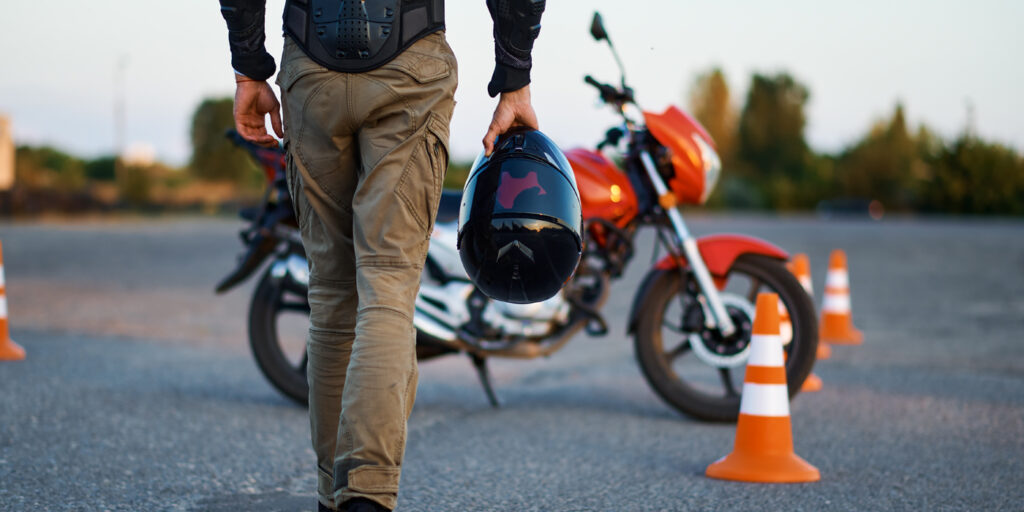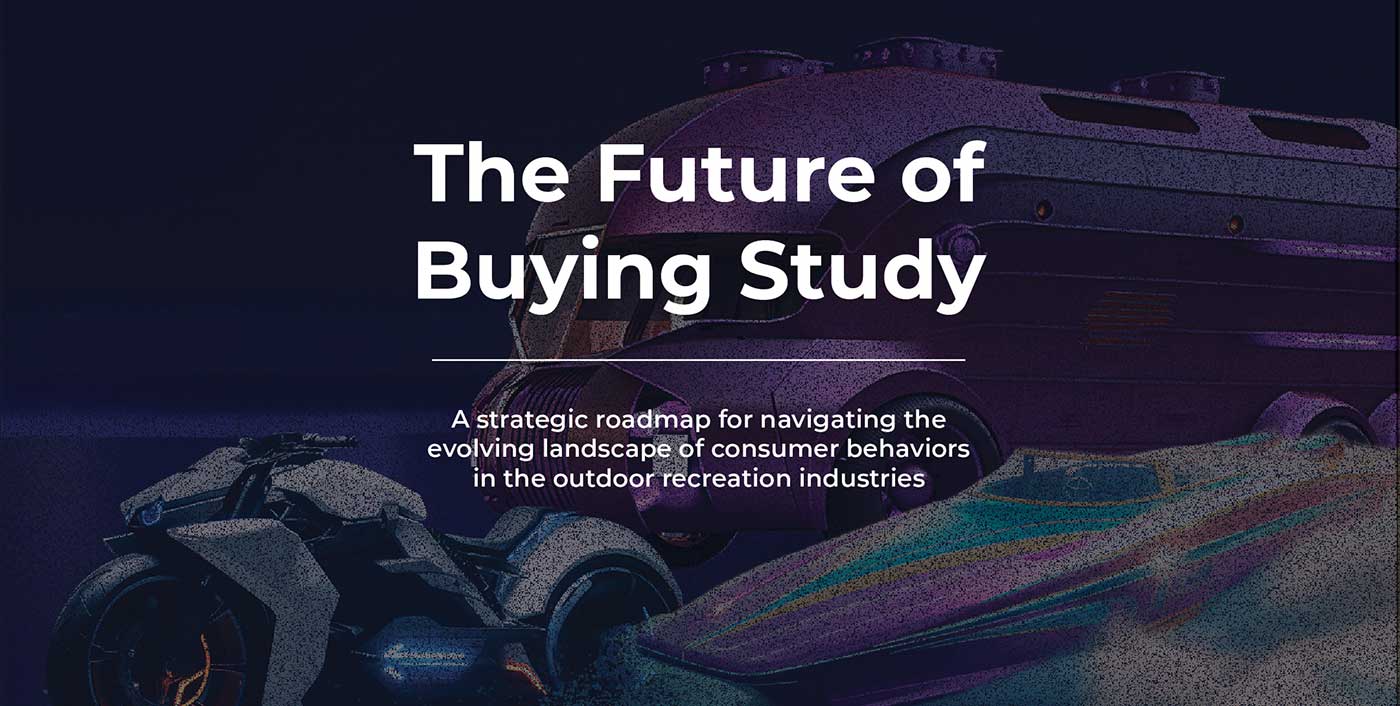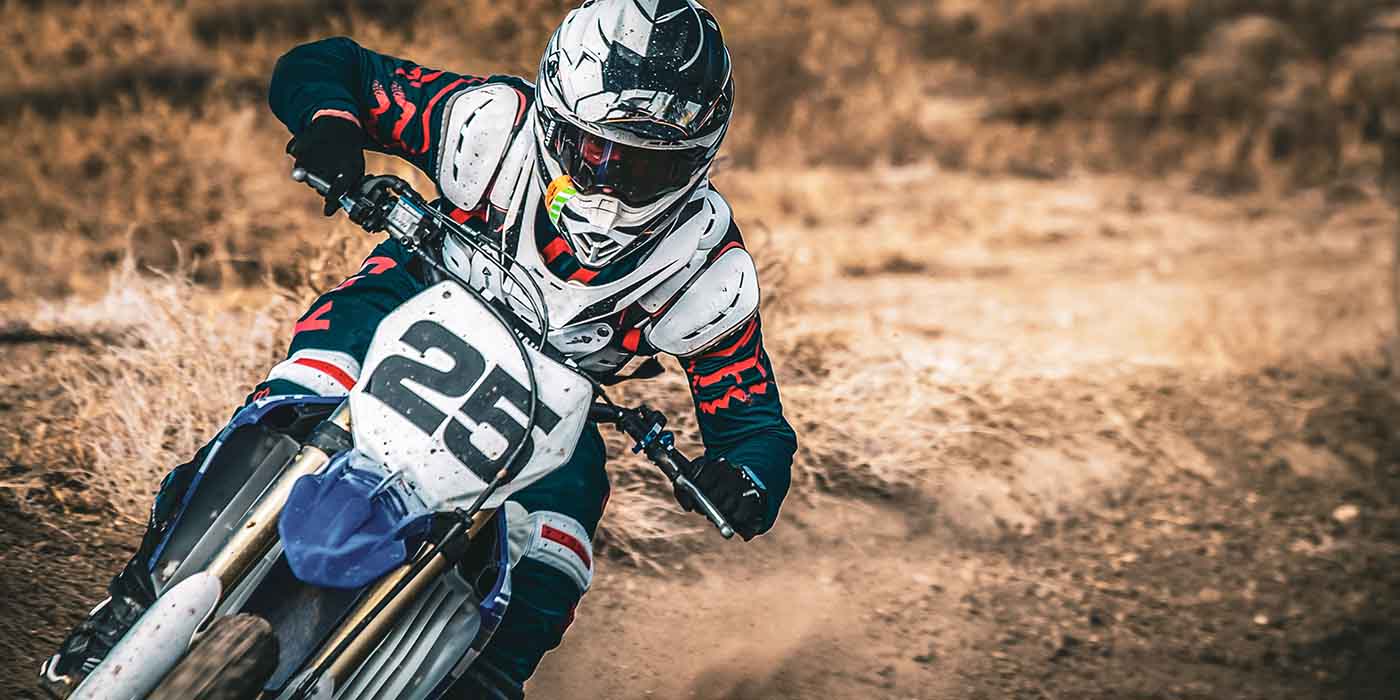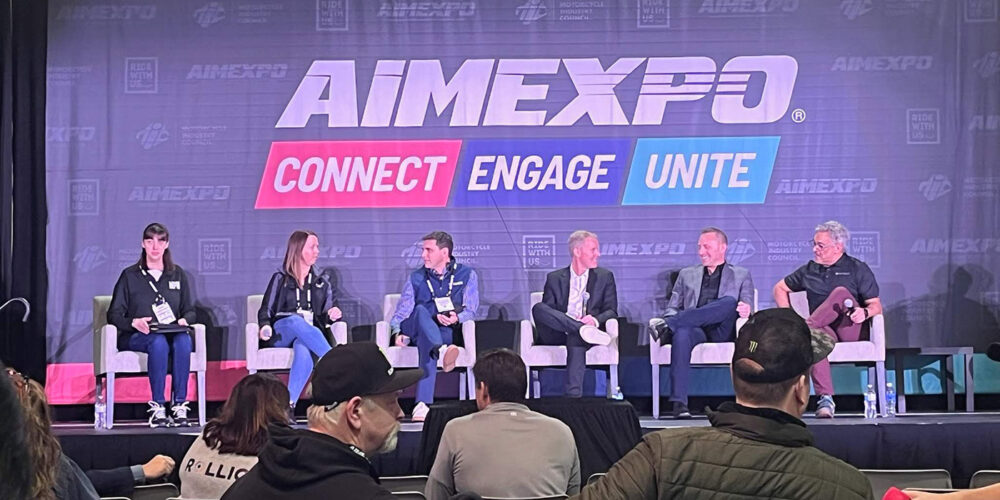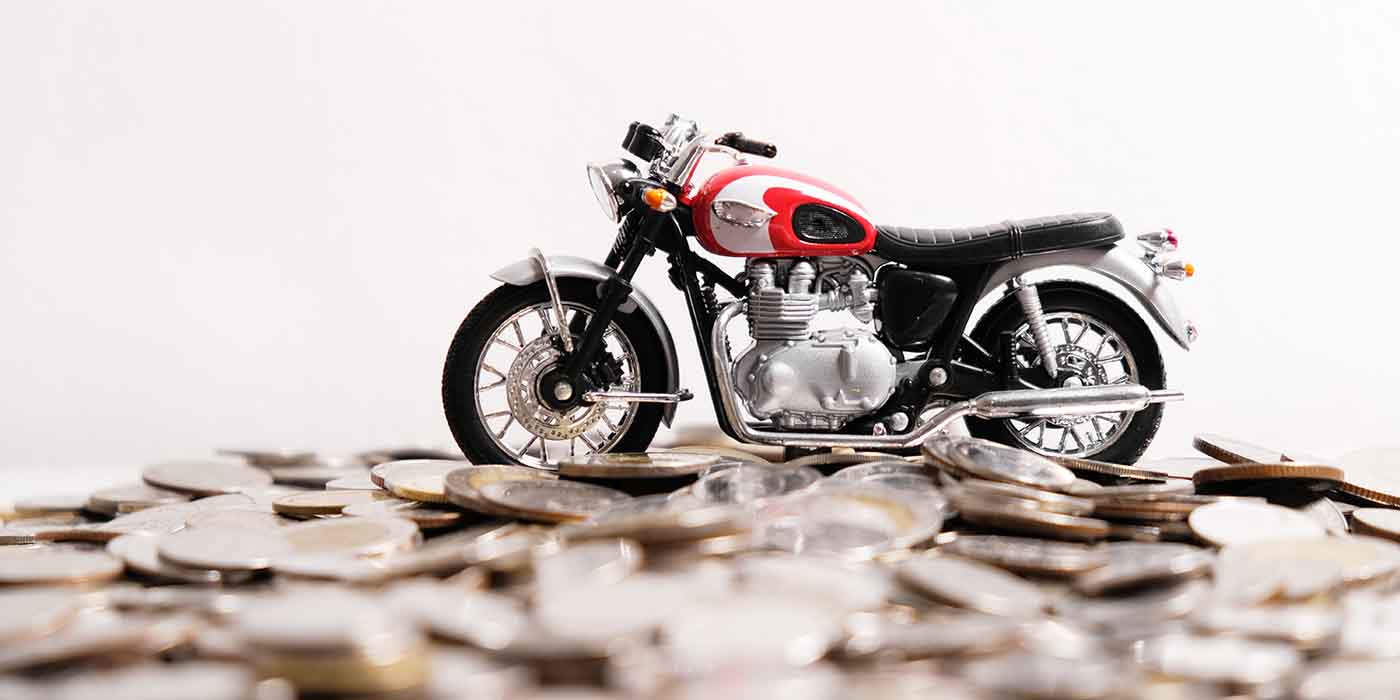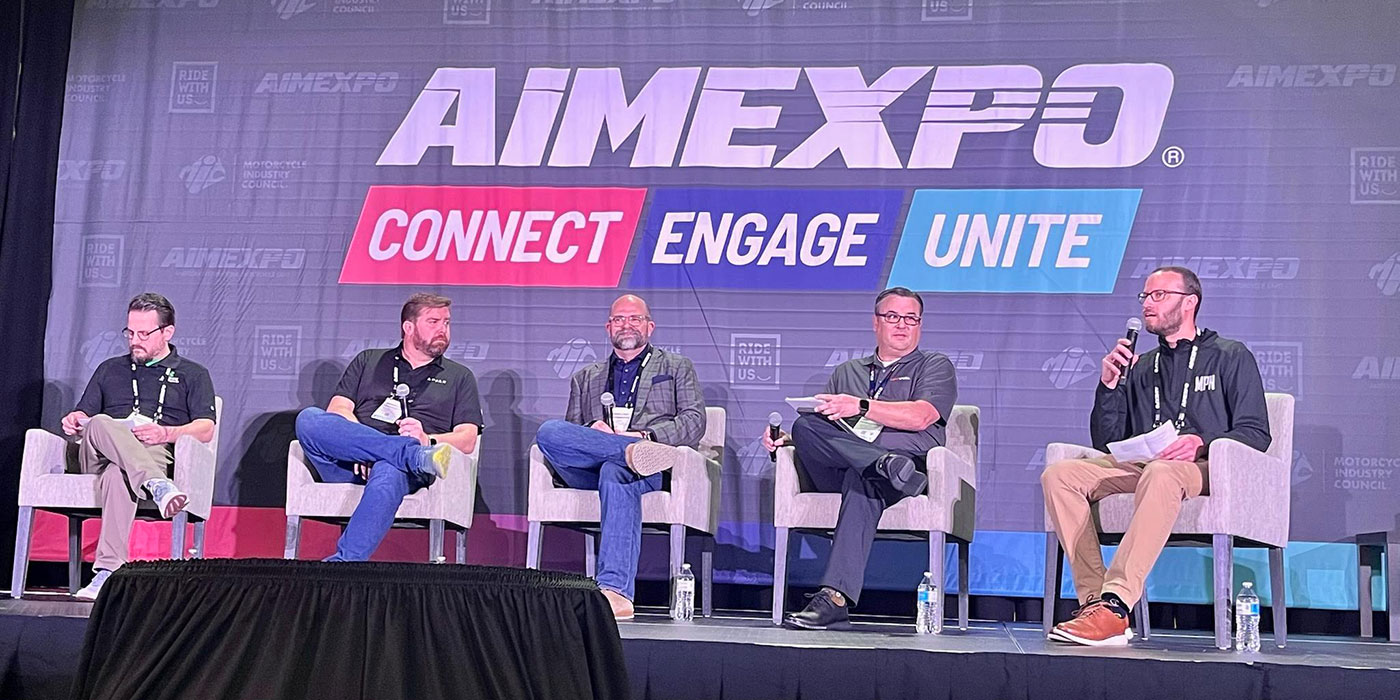I am a big believer in “practice makes perfect.” At the start of every riding season, I always do the same thing: I practice the fundamentals. I’ve talked before about how my wife and I took a motorcycle riding course right after we got married. During the course, we learned some fundamental riding techniques through repetition and practice. At the end of the course, we both passed the test and got our motorcycle endorsements. But that doesn’t mean we were done learning. In fact, it was quite the opposite.
During this two-part series, I’m going to talk about two of the most basic skills that every motorcycle rider needs to master, especially new riders. Mastering these skills will make you a better rider and hopefully keep you safe out on the road. Then in the next part, I’ll walk you through how and where you could practice and fine-tune your riding skills.
Trust the Machine
One of my instructors really drove this point home: A rider needs to learn how to trust the machine. This isn’t something that can simply be taught; it has to be learned. I didn’t know what she was talking about when I listened to the lecture, but after my first day on the bike, I understood. The first time I successfully made it through the figure-eight exercise, it finally “clicked” — I knew how to trust the machine.
You see, a motorcycle is just a tool. It’s a mechanical device which is only capable of doing what you, or your body, tells it to do. You are the one in control, not the machine. However, you could inadvertently prevent the bike from doing what your brain wants it to do.
If you’ve ever seen a shaky rider, you know exactly what I’m talking about. Someone who hangs his or her legs down after the bike starts rolling or fails to fully turn his or her head when initiating a turn. If a rider can’t learn how to trust the machine to do what it needs to do, that person may never be able to really enjoy the ride. So, how does a new rider learn to trust the machine? Through practice.
I’ve seen riders who are only 5-foot-6-inches and 130 pounds throw 800- to 900-pound motorcycles around like they were bicycles. The truth is that if a rider has the basic skills down pat and knows how to trust the motorcycle, he or she can do just about anything. So, what exactly are these “basic riding skills”?
The Clutch Friction Zone
Learning how to use the friction zone on the clutch is a critical skill for new riders. I’ve seen people who have trouble mastering this skill, and it makes low-speed maneuvering much more difficult. If you try to perform low-speed maneuvers with the clutch lever fully released, you’ll simply be moving too fast. You need to be able to manipulate the throttle and clutch lever together, slipping the clutch and using the friction zone to keep the bike steady at low speeds.
Learning how to manipulate the throttle and clutch lever together, i.e. “slipping the clutch,” will help you to operate the bike at lower speeds and maintain balance. Another trick I learned for this is applying just a touch of rear brake while riding around at parking lot speeds. Doing this will cause the rear wheel to drag slightly. This small amount of drag can help to stabilize the bike and make it easier to maneuver around slow, tight turns.
Turn Your Head!
If there’s one thing the instructors told us over and over again, it’s “turn your head.” Even when we thought we were turning our heads before starting a turn, they’d still say it. You see, the motorcycle goes where you point it. There are two parts of your body that have a huge impact on this: your head and your eyes.
You might think that your hands and arms would control how the bike turns, but in reality, they simply follow your head and eyes. Seasoned riders can do this by muscle memory, but beginners need to practice this simple but critical skill.
Why Should I Practice These Skills?
These two skills are the building blocks of a confident, seasoned rider. It’s extremely important that inexperienced riders work on mastering these skills, but even seasoned riders can benefit from brushing up on them. This is especially important when moving up to a larger or more powerful motorcycle. In fact, any time I climbed onto a bike I wasn’t familiar with, I would start out with some low-speed maneuverability drills in the parking lot or driveway. I might even attempt to do a figure-eight if I feel so inclined.
So, how do you practice these skills? I’ll answer this question in part two of this series, so stay tuned!

